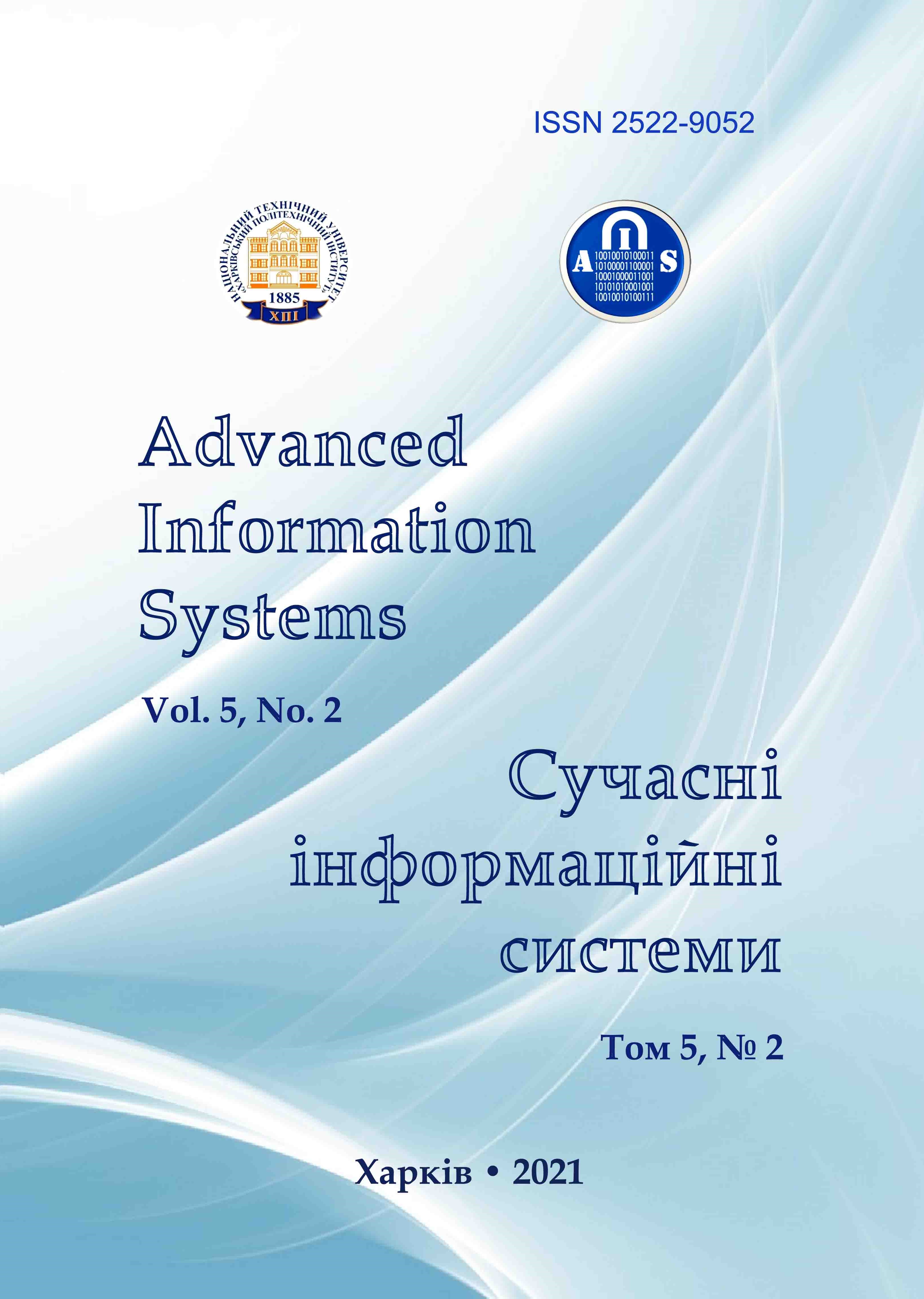ANALYSIS OF THE POSSIBILITY OF USING BATTERIES OF THE LATEST TECHNOLOGIES ON SAMPLES OF ARMORED WEAPONS AND MILITARY EQUIPMENT
Main Article Content
Abstract
The subject matter of the article is mass and dimensional characteristics of batteries, their design, electrical, operational parameters and energy capabilities. The goal of the study is the possibility of using maintenance-free batteries on samples of armored weapons and military equipment. The tasks to be solved are: to analyze the existing technologies for the batteries production, their advantages and disadvantages given the peculiarities of the operation of military equipment and the main technical characteristics of the batteries; by statistical data processing to investigate the dependences of “starter” discharge modes and energy capabilities of the batteries manufactured by technologies of different generations; to investigate the possibilities of constructive implementation of power supply formation taking into account possible design changes in the engine starting system, ensuring the necessary charge stability and compensation for exceeding the cost of gel and Absorbed in Glass Mat (AGM) batteries in comparison with the cost of the type 12ST85 ones. General scientific and special methods of scientific knowledge are used. The following results were obtained: The existing technologies of battery production, their advantages and disadvantages have been analyzed taking into account the peculiarities of the operation of military equipment and the main technical characteristics of batteries. The dependences of the “starter” discharge modes and the energy capabilities of batteries made by different technologies generations have been studied. Possibilities of constructive realization of power supply formation taking into account available constructive changes in the engine electric start system, providing the necessary charge stability and compensation for excess cost of gel and AGM batteries compared to the cost of batteries type 12ST85 have been investigated. Conclusions. Using at the samples of armored vehicles and military equipment batteries made by modern technology does not require fundamental structural changes in the electrical equipment of the machine. To meet the requirements of the standards for voltage parameters in the on-board armored weapons and military equipment networks, it is necessary to install an appropriate voltage relay regulator. The issue of exceeding the cost of gel and AGM batteries compared to the cost of type 12CT-85 ones can be compensated by the absence of costs for operating materials, maintenance personnel as well as the long service life of gel or AGM batteries compared to conventional lead-acid ones.
Article Details
References
Dasoyan, M.A., Kurzukov, N.I., Tyutryumov, O.S. and Yagnyatinsky, V. M. (1991), Starter batteries, Transport, Moscow.
Patrick T. Moseley, Jurgen Garche, Parker, C. D. and Rand, D.A.J., (2004), Valve-Regulated Lead-Acid Batteries, Elsevier B.V., Amsterdam, NL, available to: http://bookree.org/reader?file=676368&pg=1
(1986), Lead starter batteries: a guide, Voyenizdat, Moscow, SU.
Gumelev, V.Yu. and Parkhomenko, A.V. (2013), “Interchangeability of starter batteries of the armored personnel carrier BTR-80“, Sovremennaya tekhnika i tekhnologii, No. 6, available to: https://technology.snauka.ru/2013/06/2069
Bondar, A.I., Degtyar, S.M., Pavlenko, S.A. and Smolyakov, V A. (2013), “Prospects for the use of batteries in military tracked and wheeled vehicles”, Intehrovani tekhnolohiyi ta enerhozberezhennya, No. 3, pp. 7-13.
(2015), AGM Valve Regulated Lead Acid Batteries, Installation and operating instructions, Technical guide, EMEA.
Magazine autoExpert, available to: http://autoexpert-consulting.com/O_Nas.html
(1986), Object 434. Technical description and operating instructions Book two, Voyenizdat, Moscow, SU
